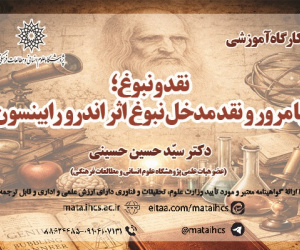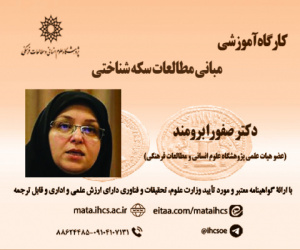Correlation of Simultaneous Maintenance of Debt and Equity and Corporate Tax Avoidance (مقاله پژوهشی دانشگاه آزاد)
درجه علمی: علمی-پژوهشی (دانشگاه آزاد)
منبع:
Journal of Emerging Technologies in Accounting, Auditing and Finance,Vol. 2, No 1, Spring 2024
حوزههای تخصصی:
شماره صفحات:
۱-۱۲
دریافت مقاله
تعداد دانلود :
۷۴









